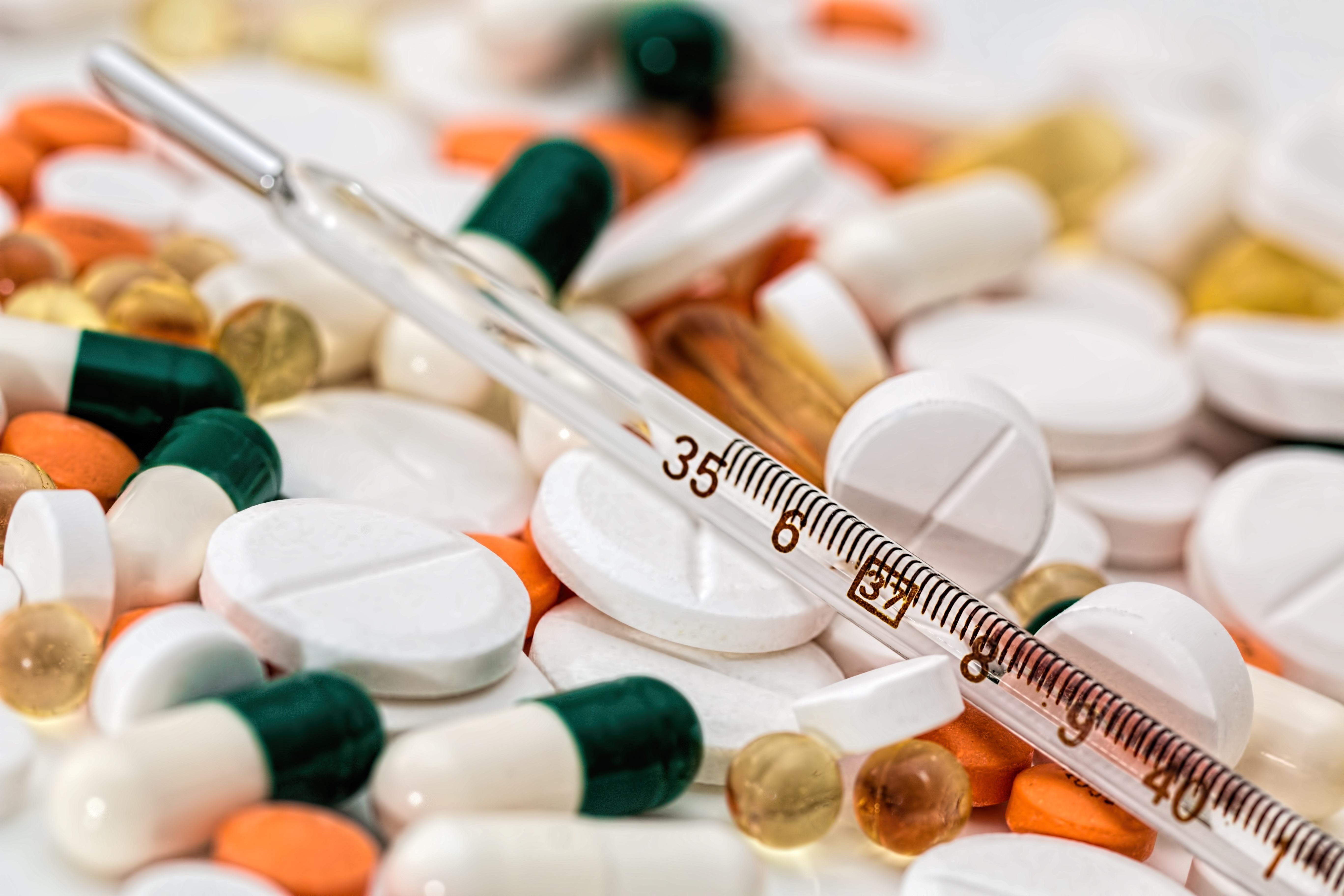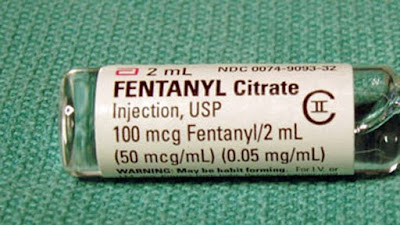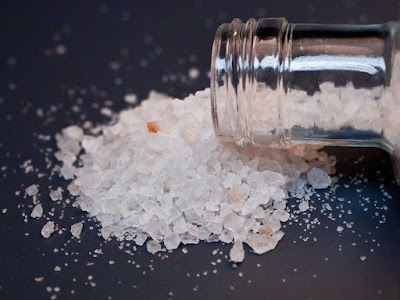This isn’t your parent’s marijuana, thats for sure. As we continue to develop as a species, individuals are continuously attempting to develop newer and greater drug highs. As a result, the toxicologic world is continuously expanding, and in Emergency Medicine it is our job to keep up with trends in toxicology, and familiarize ourselves with emerging drugs of abuse.
Focus:
- Discuss trends in cannabis and cannabis-derived product use.
- Review the recent Fentanyl epidemic.
- Look at trends in NPS (New Psychoactive Substances), including synthetic cannabinoids, phenethylamines and cathinones.
- Discuss local prevalence and monitoring methods for emerging drugs of abuse.
Cannabinoids:
- Psychoactive compounds mainly consist of THC and CBD; which have opposite effects upon cannabinoid receptors.
- Historically, cannabis contained 2-4% THC and an equivalent proportion of CBD; which contained antipsychotic properties.
- Modern products contain 12-18% THC, and undetectable amounts of CBD; and this seems to be increasing the incidence of psychosis.
- Dabbing: a new practice consisting of inhaling the vapours of cannabis resin, which contains 80% THC.
- The production is highly dangerous, and the use poses risks of airway burns, and unclear long term risks due to potential inhalation of solder and rust.
- Synthetic cannabinoids are a wide family of laboratory made compounds, with significant activity on cannabinoid receptors. Their metabolism often involves a number of active metabolites with unpredictable properties.
- A number of dangerous side effects from their use have been reported, including: psychosis, seizures, rhabdomyolysis, acute kidney injury, cardiovascular instability and sudden death.
- Treatment is mostly supportive, with a potential role for intralipid therapy.
Fentanyl:
- There has been an significant surge in fentanyl deaths across the country in recent years, some are deliberate users diverting patches, or buying used ones to chew/smoke or boil.
- Many other users are intending to purchase cocaine, heroin, oxycontin, etc, but are sold fentanyl instead by dealers as it is cheaper and easier to obtain.
- Synthetic fentanyl analogs were initially discovered in the US in 2014, and found to be produced in Mexican clandestine labs. Similar products are both being made in local labs and imported in large qualities into Canada at very low cost.
- Overdose occurs very quickly and unexpectedly in users.
- Self-administered Narcan is not available in many places, but would likely improve outcomes.
New Psychoactive Substances (NPS)
- Despite the reputation initially obtained, bath salts were the fastest growing family of NPS worldwide in 2014, and the second most commonly found after cannabinoids.
- In the past year there has been increased use of a particular cathinone called alpha-PVP (“gravel” or “flakka“), a very inexpensive hallucinogen.
- Cathinones are known for causing prominent aggression, agitated delirium as well as hyperthermia and rhabdomyolysis.
- There is also a significant prevalence of mechanical suicide in patients intoxicated with these drugs.
- The cornerstone of treatment is aggressive sedation and cooling.
- NBOMe is a new phenethylamine that is a very potent hallucinogenic and serotonergic agent that is often sold as LSD in the form of blotters, but is also occasionally nasally insufflated.
- Patients tend to present with hallucinations, a sympathomimetic toxidrome and serotonin syndrome.
- Benzodiazapines are the mainstay of treatment, due to the risk of seizures.
- Unlike LSD, this drug leads to death from overdose and potential serotonin syndrome.
- PMMA/PMA have been identified in Canada in “ecstasy” tablets. They are cheap compounds that are easier and cheaper to synthesize than MDMA. Their onset is typically slower than MDMA, leading users to redose – resulting in significant potential toxicity.
- Users typically present with a sympathomimetic toxidrome, serotonin syndrome and multiorgan failure. They are also noted to commonly have hyperkalemia and hypoglycemia.
- Globally, there has been a dramatic increase in NPS, compounds are becoming more varied an increasing number no longer belong to traditional synthetic drug ‘families’.
- The emergence of new substances is being followed by drug forum monitoring, internet searches and surveys.
- The presence of known compounds in some regions is followed by wastewater analysis.
- CCENDU and the Canadian Centre on Substance Abuse provide an excellent source of local information on drug prevalence.
References





